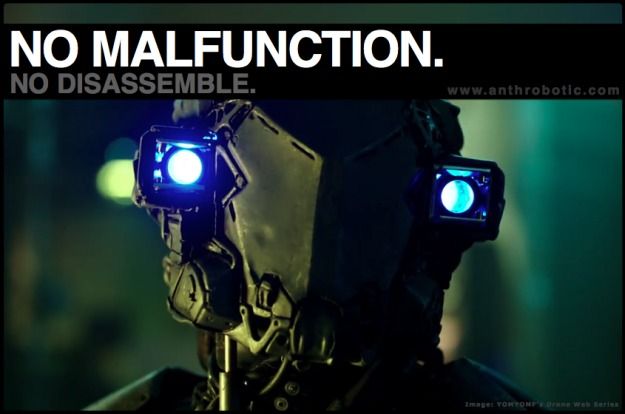Sep 11, 2012
Only One Interstellar Travel Community Will Succeed
Posted by Benjamin T. Solomon in categories: engineering, finance, philosophy, physics, space
There four camps that comprise the present day interstellar travel community and only one camp will succeed.
The first camp, the conventional rocket camp, believes it is possible using conventional rockets (chemical, ion, nuclear or antimatter) to realize interstellar travel to our nearest star Alpha Centauri. One of the problems is the costs, estimated at an unthinkably large $238,596 billion and upwards. It is several thousand times greater if we choose to use antimatter.
Further, John Eades, a former senior scientist with CERN, in his March/April 2012 Skeptical Inquirer article “Antimatter Pseudoscience”, lays down the reasons why antimatter based propulsion will never be technologically feasible.
Black Hole of wealth. One down three to go.
Continue reading “Only One Interstellar Travel Community Will Succeed” »









